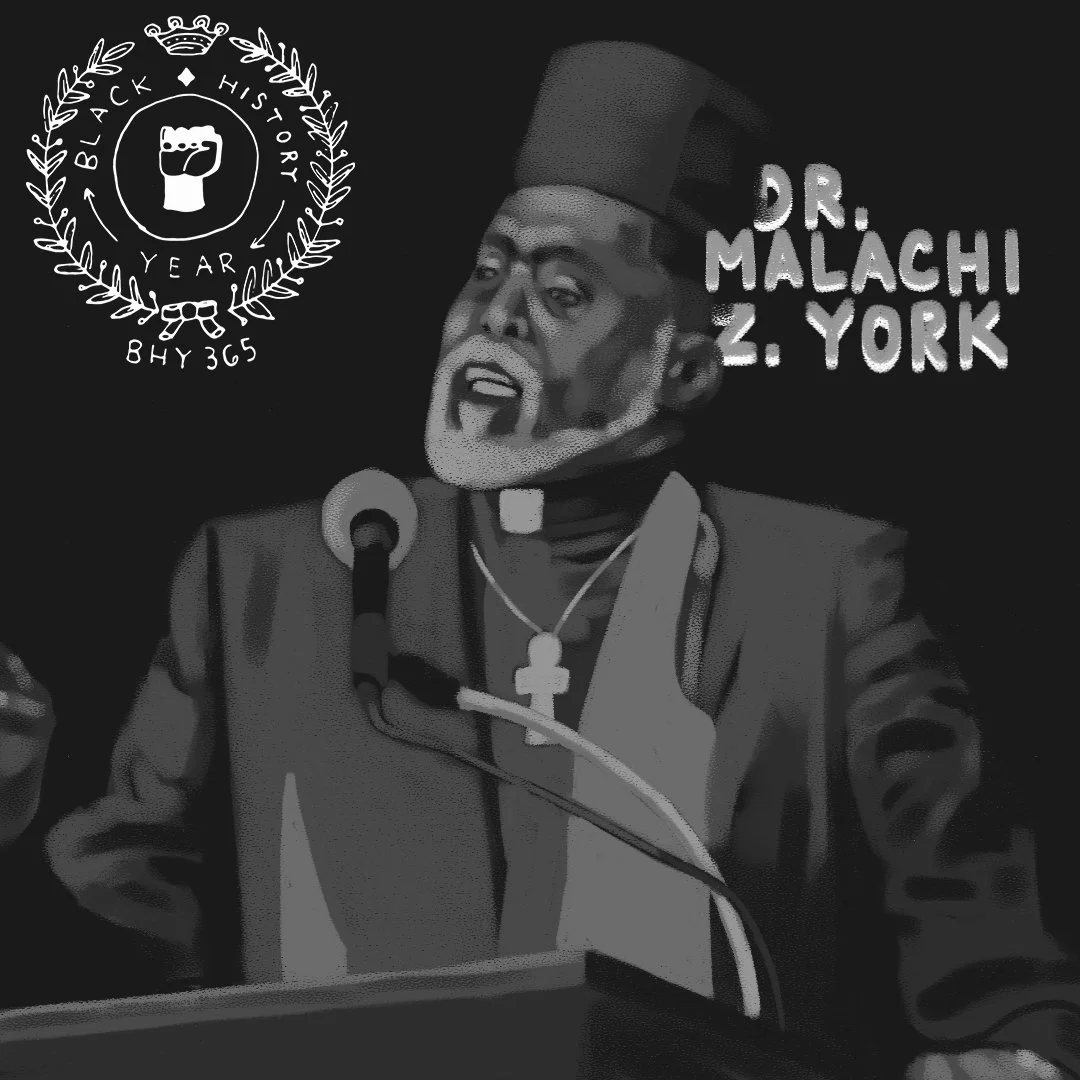Black History 365 | # 244 Wendell Oliver Scott, Sr.
Don’t let the look fool you, Wendell Scott was a black man. Similar to a Babe Ruth, J. Edgar Hoover, or an Abraham Lincoln…only difference is Scott identified as a black man. Born on August 29, 1921, in Danville, Virginia, was a groundbreaking African American NASCAR driver and mechanic who challenged racial barriers in a segregated sport. Raised in the Jim Crow South, Scott refined his mechanical skills in his father’s auto repair shop and deepened his expertise as a U.S. Army mechanic during World War II, setting the stage for his pioneering career in racing. In 1947, Scott began racing at the Danville Fairgrounds, placing third in his first race, a remarkable achievement given the racial segregation in motorsports. He initially raced in the “Negro Stock Car Racing Association,” but his talent soon surpassed the opportunities available in this league. By 1952, Scott made history as the first African American to obtain a NASCAR license, marking the beginning of a challenging yet illustrious career. Competing in local NASCAR events, he quickly earned a reputation for his skill and determination, often achieving competitive results despite limited resources. Scott’s most significant achievement came on December 1, 1963, when he became the first Black driver to win a Grand National Series race in Jacksonville, Florida. However, racial prejudice marred this historic victory, as officials delayed recognizing him as the winner for two years. Despite financial constraints, inadequate equipment, and racial discrimination, Scott continued to race, often outpacing better-funded competitors through sheer ingenuity and skill. His refusal to quit in the face of adversity made him an enduring symbol of perseverance and a pioneer for future generations of drivers. After a serious accident in 1973, Scott retired from racing, but his legacy grew stronger. In 2015, he was posthumously inducted into the NASCAR Hall of Fame.
Black History 365 | # 243 Dr. Malachi Z. York
Dr. Malachi Z. York is a name that most of mainstream society is unfamiliar with. He is (or was) a very influential figure in Brooklyn, New York who relocated to Putnam County, Georgia. Initially he formed groups in Brooklyn and was known as someone who elevated the minds, beliefs, and practices of the people in the community. More recently, he is being categorized as a cult leader and his currently in prison and is now serving a 135-year sentence on federal child-molestation charges. M’pa konnen man.
Black History 365 | # 242 The Orangeburg Massacre
Have you heard about the Orangeburg Massacre in South Carolina February 8th, 1968? Most people know that students were killed at Kent State in 1970, very few know about the murder of students at Jackson State (1970) and even less about South Carolina State College in Orangeburg (1968). On Feb. 8, 1968, 28 students were injured and three were killed — most shot in the back by the state police while involved in a peaceful protest in Orangeburg, South Carolina. One of the by-standers, Cleveland Sellers, was arrested for inciting a riot and sentenced to a year in prison. Later serving as president of Voorhees College, he was the only person to do time. The teenagers who were murdered: Henry Smith and Samuel Hammond, both SCSU students, and Delano Middleton, a local student at Wilkinson High School. When a Black Vietnam War veteran was denied access to a nearby bowling alley, one of the last segregated facilities in town, 300 protesters from South Carolina State College and Claflin University converged on the alley in a non-violent demonstration. Police then beat two female students; and in response the protesters then smashed the windows of white-owned businesses along the route back to campus. The Governor sent in the state police and National Guard. By the late evening on the same day army tanks and over 100 heavily armed law enforcement officers had cordoned off the campus; 450 more had been stationed downtown. About 200 students surrounded a bonfire on the college campus; a fire truck with armed escort was sent in. Without warning the police shot into the crowd. It lasted less than ten seconds. When it was over, twenty-eight students lay on State’s campus with multiple gun wounds; three teenagers had been killed. Almost all were shot in the back or side. Yeah it’s like that.





